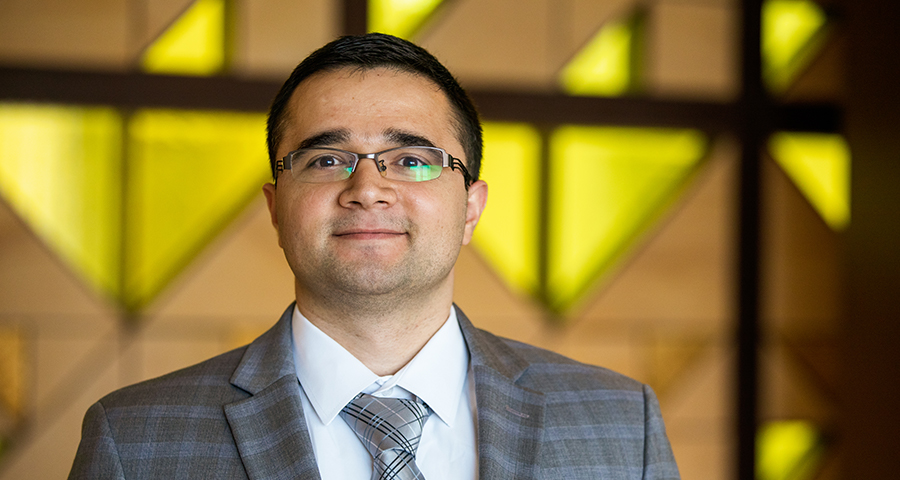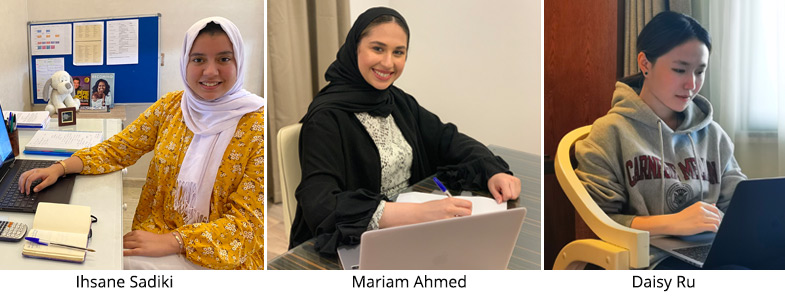
CMU-Q faculty discusses COVID-19 impact on working mothers
In The Peninsula, December 3, 2020
Veli Safak, Assistant Teaching Professor of Economics at CMU-Q, a Qatar Foundation partner university, talks about the impact COVID-19 has had on working mothers. In collaboration with students from his principles of macroeconomics class, Mariam Ahmed, Daisy Ru and Ihsane Sadiki, their research delves into the impact this will have on the local labor market.

The mass closure due to the COVID-19 pandemic has left many working women with no choice but to take time off or quit their job.
Evidence shows that working mothers have taken on more of the resulting childcare responsibilities and are more frequently reducing their hours or leaving their jobs entirely in response to the COVID-19 pandemic.
Globally, the COVID-19 pandemic has disrupted many sectors, resulting in the disproportionate rise of the unemployment rate among married women, according to Assistant Teaching Professor in Economics, at Qatar Foundation partner university Carnegie Mellon University in Qatar (CMU-Q), Veli Safak.
“This disruption forced spouses with children to rearrange their tasks. And due to the gender wage gap, women in many households chose to give up their jobs to support their children,” he said.
“The Federal Reserve posted the highest unemployment rate as 9.7% among married men and 13.1% among married women in April 2020, in the US. In February, the unemployment rate was 2% among married men and 2.2% among married women.”
Contrary to global perception, Qatar’s female labor force participation rate (60%) is above the European Union average. And under the COVID-19 restrictions, distributed workplaces have become the new normal. As part of the economic diversification efforts, Qatar can mobilize the economically inactive female population by expanding business and employment opportunities for homemaker mothers.
“It requires policymakers to rethink parental leave. Companies can look at ways of assisting working mothers by adopting more flexible parental leave policies. Otherwise, the gender gap will only rise in the labor market,” Safak said.
In Qatar, women are underrepresented in the labor market, according to Student-researcher at CMU-Q, Ihsane Sadiki. The Planning and Statistics Authority reported 1,866,940 male paid workers and 302,335 female paid workers,
revealing an approximately 6-to-1 ratio in the employee pool in the first quarter of 2020.
More importantly, the male employment rate was 95.90 percent, while the female employment rate was 59.14 percent, resulting in a gender-employment gap of 36.76 percentage points in the first quarter of 2020.
Sadiki said, “The wider gender employment gap can be construed with the conservative gender roles that are still firmly enshrined in many societies. Women are mostly relegated to the domestic domain as their exclusive role in the reproductive society. Indeed, household charges continue to be their sole responsibility, leading them to quit their jobs in the long-run due to the resulting pressure related to lack of time and energy.”
The well-marked difference between the male and female populations in the Qatar labor market is also reflected in the two groups’ wage gap. But meager wages cannot make sufficient justification for women’s abandonment of their work, according to another Student-researcher at CMU-Q, Daisy Ru.
